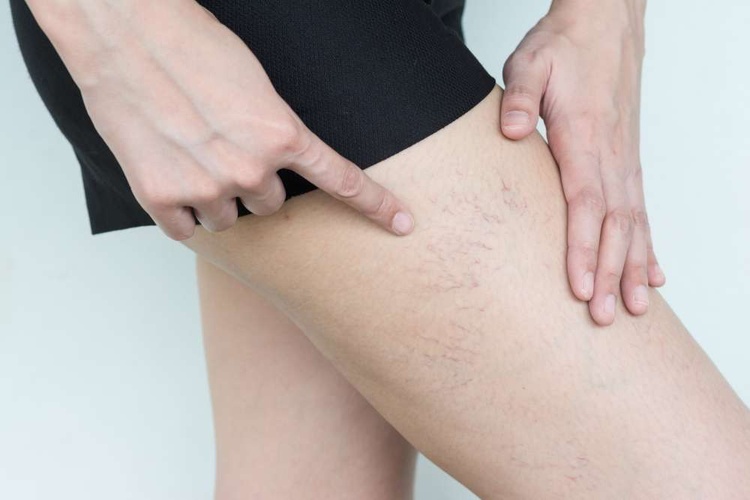Protecting sensitive areas: tips for delicate skin types
Delicate skin needs deliberate care, especially in sensitive areas prone to friction, dryness, or medical treatment. This overview covers practical steps—from daily hydration and gentle cleansing to safe approaches when using tools or undergoing cosmetic procedures—so you can protect vulnerable skin and support recovery.

Many people have areas of skin that react more easily: thin skin around the eyes, inner thighs, under the breasts, or the feet where devices and tools may be used. Protecting these zones means balancing gentle hygiene, appropriate moisturization, and informed choices about devices or procedures that touch the skin. Practical steps include selecting low-irritant products, reducing friction from clothing and athleisure, and adjusting gym or yoga routines to minimize rubbing. When considering any medical treatment, cosmetic procedure, or home device like an exfoliating tool, consult skin-care guidance so that protection and recovery are prioritized.
This article is for informational purposes only and should not be considered medical advice. Please consult a qualified healthcare professional for personalized guidance and treatment.
Dermatology tips for caring for delicate skin
If you have sensitive skin, a dermatology consult can identify triggers and recommend targeted routines. Dermatologists often suggest hypoallergenic cleansers, pH-balanced washes, and barrier-repair creams containing ceramides or niacinamide. Avoid harsh exfoliants and abrasive tools on thin or inflamed areas; if a foot care device is used, choose gentle settings and monitor for redness. Patch-testing a new product on a small area for a few days helps reveal reactions before applying widely. Regular check-ins with a skin professional are useful, particularly if you plan medical treatment or cosmetic procedure that could affect recovery.
Hydration and recovery for sensitive areas
Hydration supports barrier function and reduces susceptibility to irritation. Drink adequate water and use topical emollients to keep targeted areas supple. For post-treatment recovery—after medical treatment or cosmetic procedure—follow aftercare advice: gentle cleansing, fragrance-free moisturizers, and sun protection as guided by a clinician. Products with occlusive agents like petrolatum can protect while the skin repairs, but avoid heavy active ingredients (like strong acids or retinoids) on compromised zones until cleared by a professional. Proper hydration also helps reduce the appearance of fine lines and improves overall comfort during workouts and daily life.
Cosmetic procedure and medical treatment considerations
If you are considering a cosmetic procedure or any medical treatment near sensitive zones, discuss risks and recovery with your provider. Procedures that involve fat removal, injections, or resurfacing can change skin tension and texture; pre-treatment optimization—stopping irritant products and stabilizing any inflammatory skin condition—can lower complication risk. Medical teams usually advise on timing related to workouts, gym visits, and when to resume wearing athleisure or compression garments. Be cautious with home devices around treated areas and follow specific manufacturer and clinician guidance to avoid disrupting healing.
Protecting skin during gym, workout, yoga, and athleisure
Active wear and frequent movement can create friction and moisture buildup that irritates delicate skin. Choose breathable fabrics, seamless designs, and well-fitting athleisure to reduce chafing. For activities like yoga or a vigorous workout, apply a thin layer of protective balm on pressure points or under straps, and change out of damp clothes promptly to minimize maceration. Foot care during exercise is important: inspect feet after workouts, dry thoroughly between toes, and be conservative with abrasive tools—if using a foot grinder at home, use the lowest effective setting and follow safe, short intervals to avoid over-exfoliation.
Weight management, fat changes, and stomach skin care
Weight fluctuations and procedures that remove fat can affect the skin’s elasticity, particularly on the stomach. Gradual weight management through balanced nutrition and consistent workout routines supports skin health better than rapid change. After fat removal treatments, allow time for tissue recovery and follow guidance on massage, compression, and hydration to support healing. Moisturizers and gentle body treatments can improve comfort and reduce dryness-related irritation. If stretch marks or sagging are a concern, discuss evidence-based options with a dermatologist or a medical professional specializing in body treatments.
Beauty, wrinkles, self-confidence, and research insights
Research suggests that combining good dermatology care with lifestyle habits—adequate sleep, protection from UV exposure, and targeted hydration—can help manage fine lines and preserve skin texture. Cosmetic procedures may offer improvements, but they carry trade-offs and recovery considerations that are especially relevant for delicate areas. Building self-confidence often includes realistic expectations and measured steps: consult clinicians, prioritize noninvasive options first, and integrate gentle skincare practices into daily routines. Reliable information from medical sources and current research helps set safe, evidence-aligned goals for beauty and wellness.
In conclusion, protecting sensitive areas involves a layered approach: consult dermatology or medical professionals when appropriate, favor hydration and barrier-supporting products, minimize friction from clothing and exercise, and use tools or devices cautiously. Thoughtful decisions around cosmetic procedures, weight management, and recovery practices help preserve skin health and comfort across daily life and activity routines.





